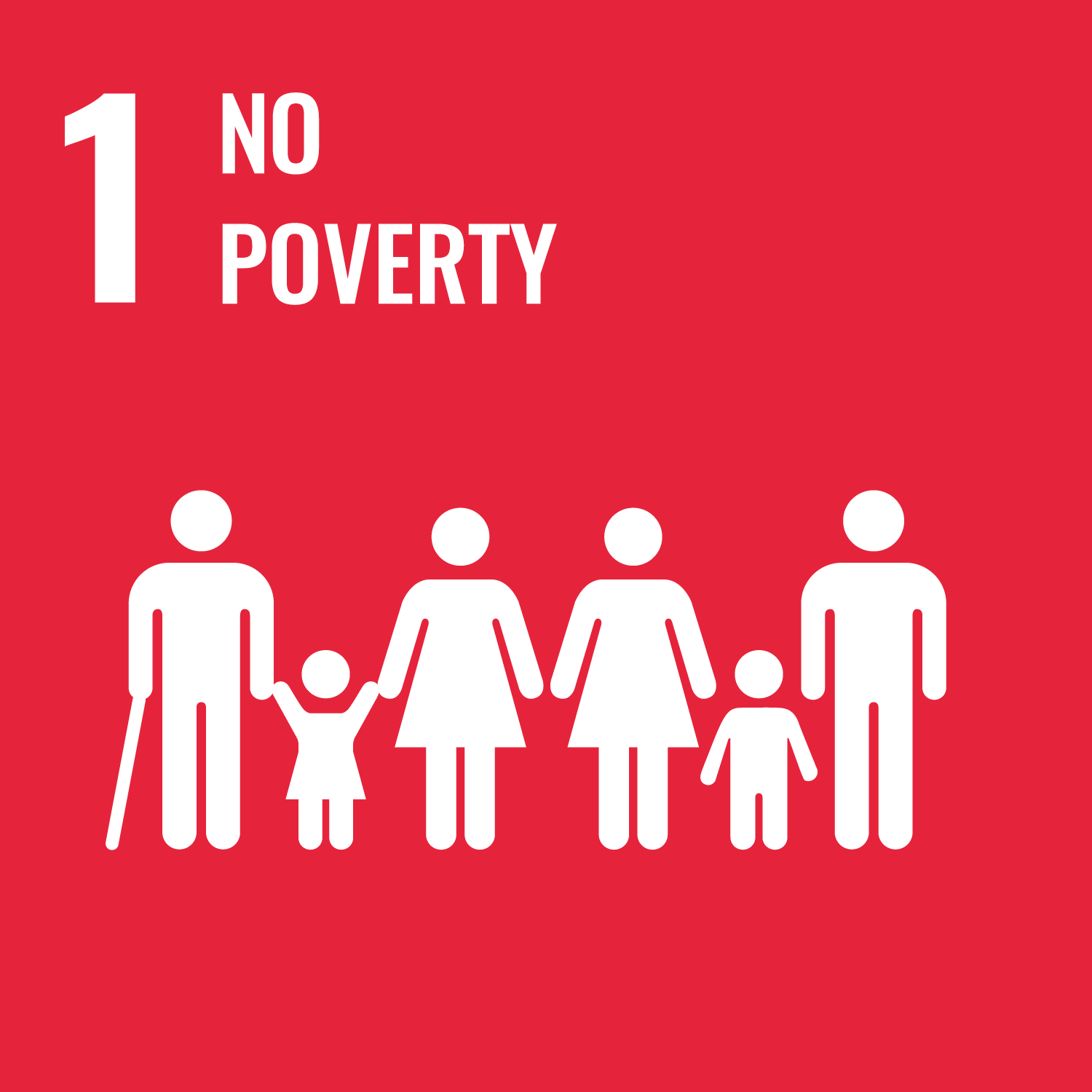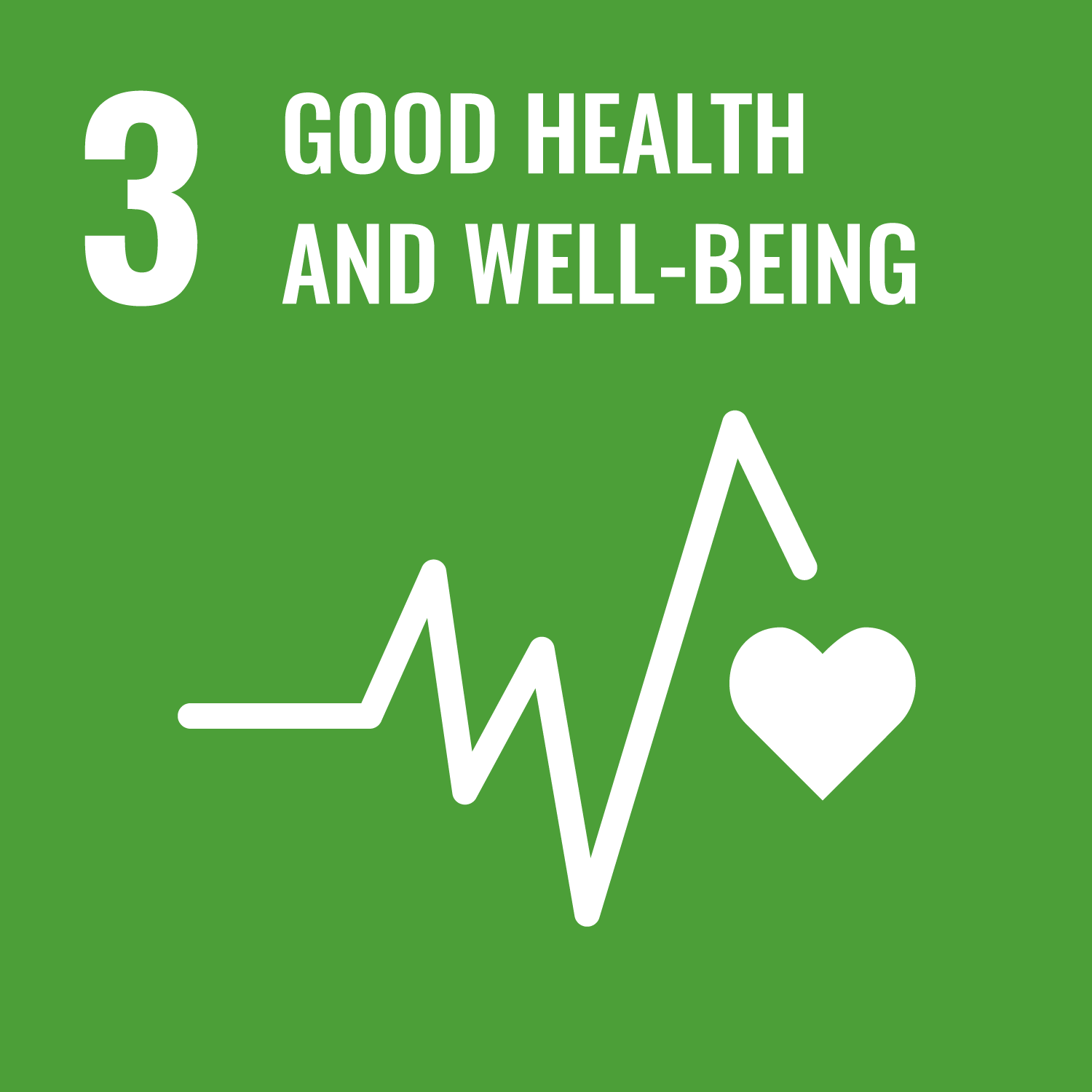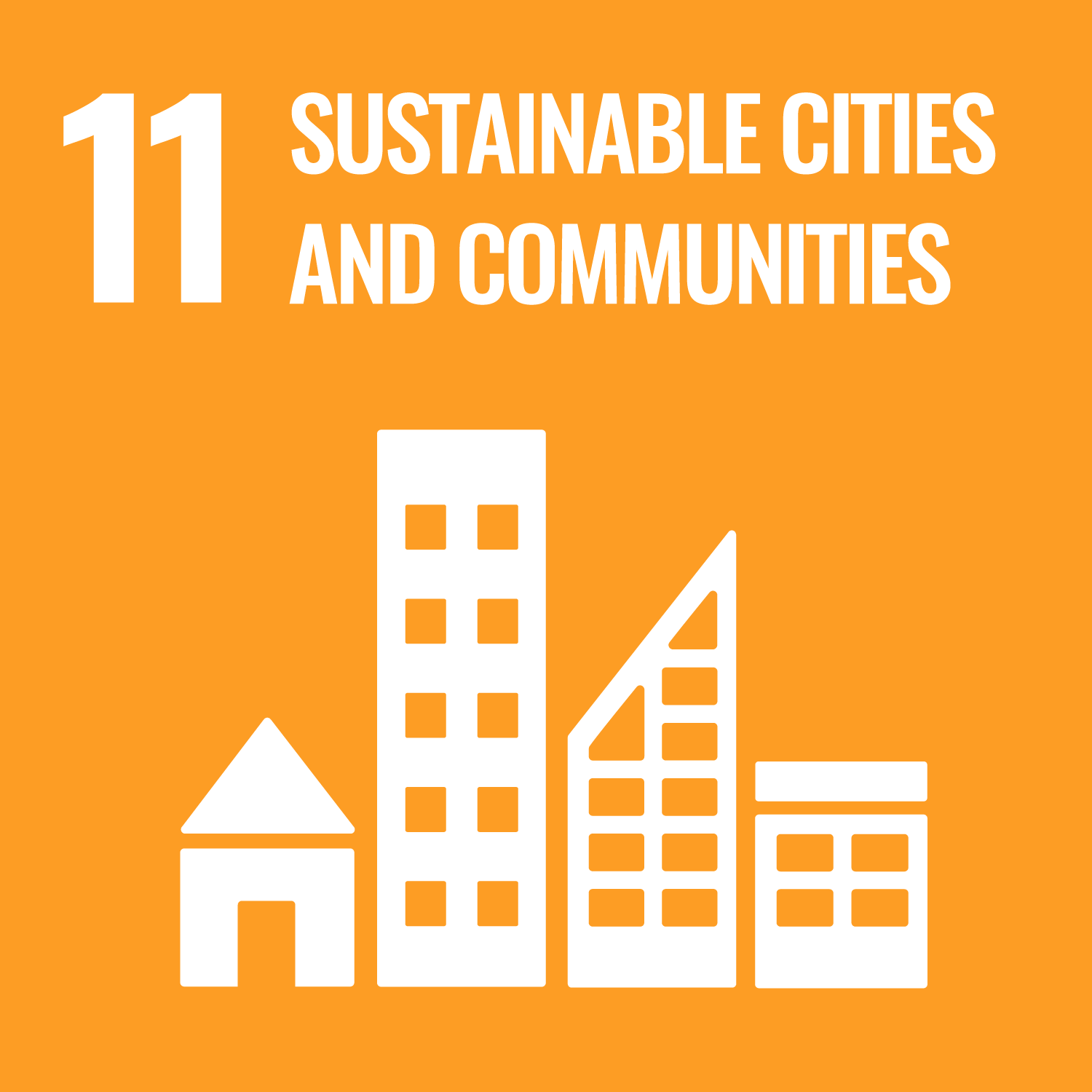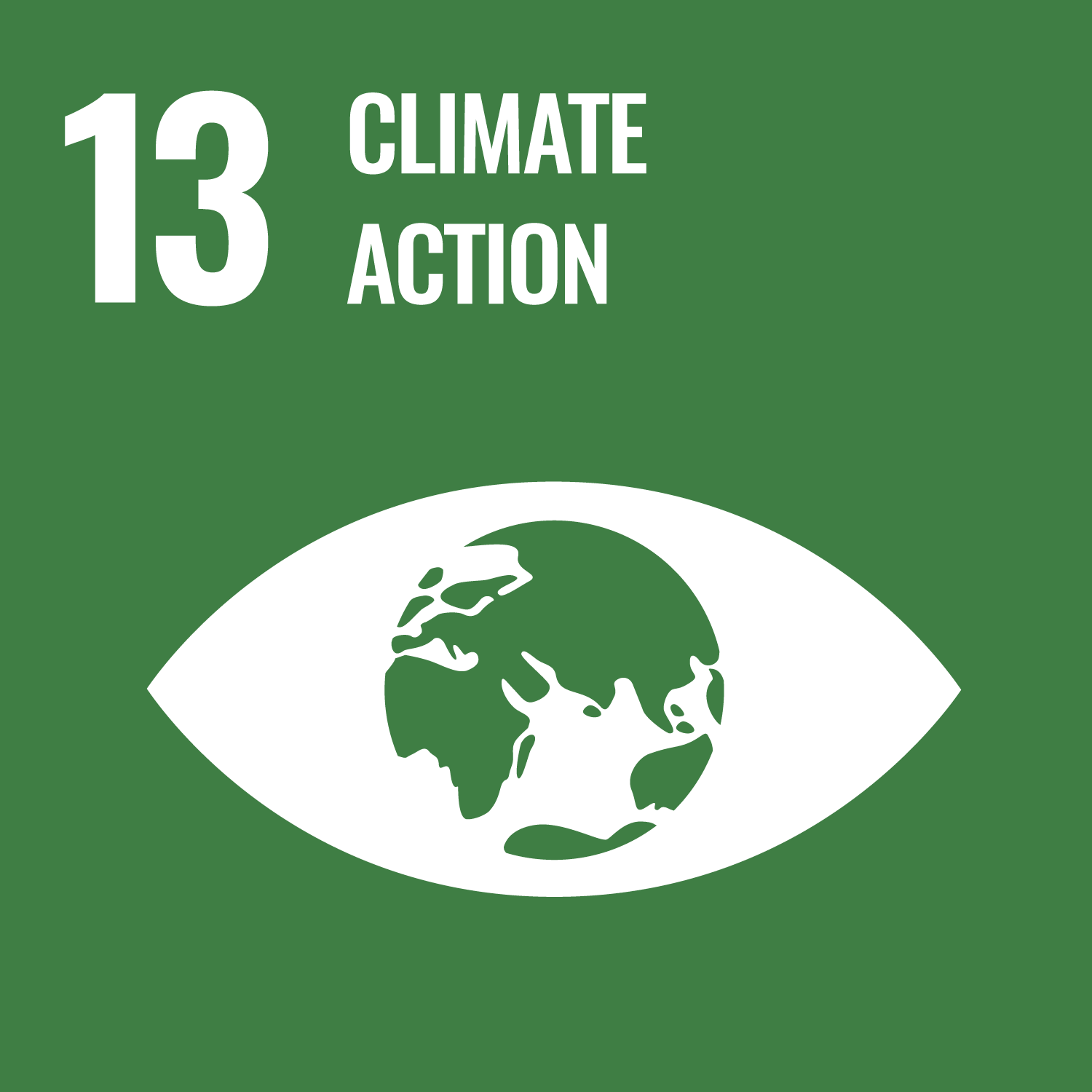Outline
ONEKANA is motivated by the need to make urban thermal inequity visible in LMIC countries. It focuses on sub-Saharan African (SSA) cities, where the urban poor living in deprived urban areas (DUAs), including ‘slums’, are more exposed to temperature variations and heat impacting their health and well-being than other urban dwellers due to several factors pertaining to area-level urban typology (e.g., building density, proportion of green areas) and household-level typology (e.g., building materials, overcrowding). Climate change further worsens inequity in this respect, due to the increase in extreme weather events such as heat waves.
While Earth Observation (EO) has the potential to assess the magnitude of population exposure, there remain several scientific challenges that need to be addressed including the fact that EO-derived covariates (such as land surface temperature, built forms, vegetation, etc.) relate only weakly or with great uncertainty to air temperature, and that temperature, deprivation, and population data are sparse for training models on sub-Saharan African cities.
Our research hypothesis is that using open or low-cost Earth Observation data, open geospatial data, and Citizen Science data, it is possible to model areas that are exposed to both high levels of deprivation and high levels of temperature variations/extreme heat, and to quantify the vulnerable population exposed to such conditions for the prioritisation of local adaptation measures towards green and sustainable cities. It stems from research carried out in the SLUMAP and PARTIMAP projects in which we developed EO and citizen science methods for mapping and characterising DUAs, and modelling the perception of deprivation severity within DUAs by the local communities.
To test our hypothesis, we focus on two African cities. The first is Nairobi, Kenya, where we develop our low-cost methods.
While this city is not the most affected by extreme heat, it undergoes significant diurnal and seasonal temperature variations
leading to a worthwhile investigation of intensified exposure of DUA residents to both varying temperature and urban heat.
The second is Lagos, Nigeria where we investigate the transferability of our methods to a city that is more affected by extreme heat.
We also intend to conduct a limited experiment on a Latin American city to test the transferability of our models to another continent.



